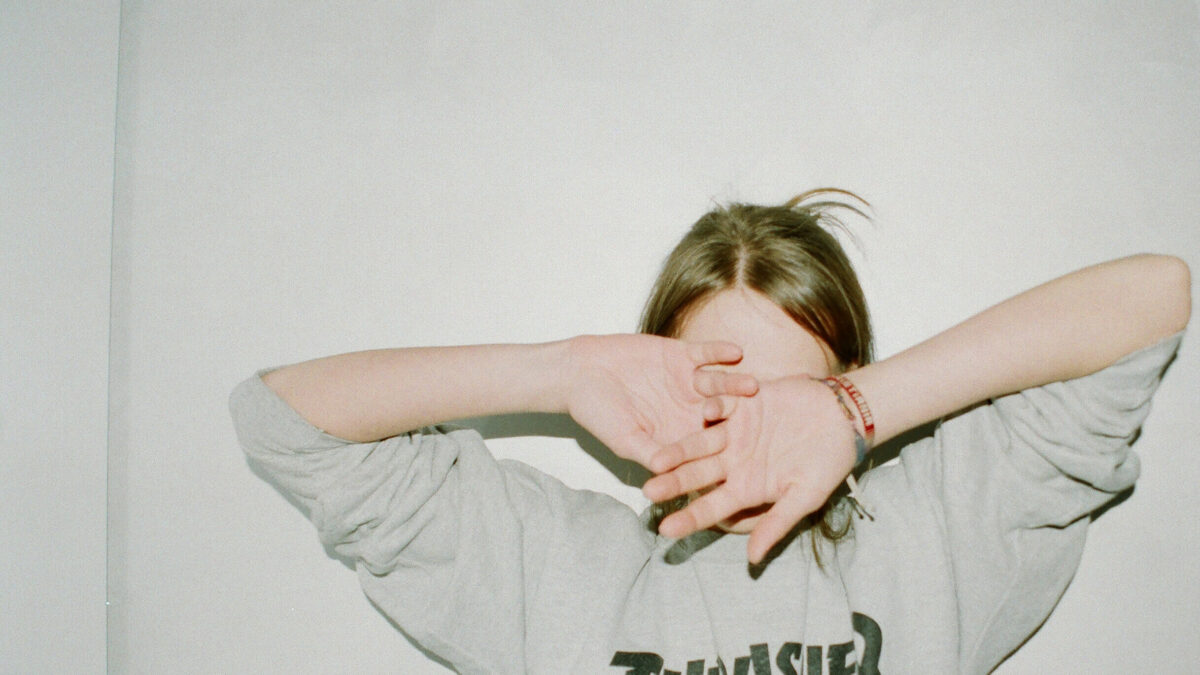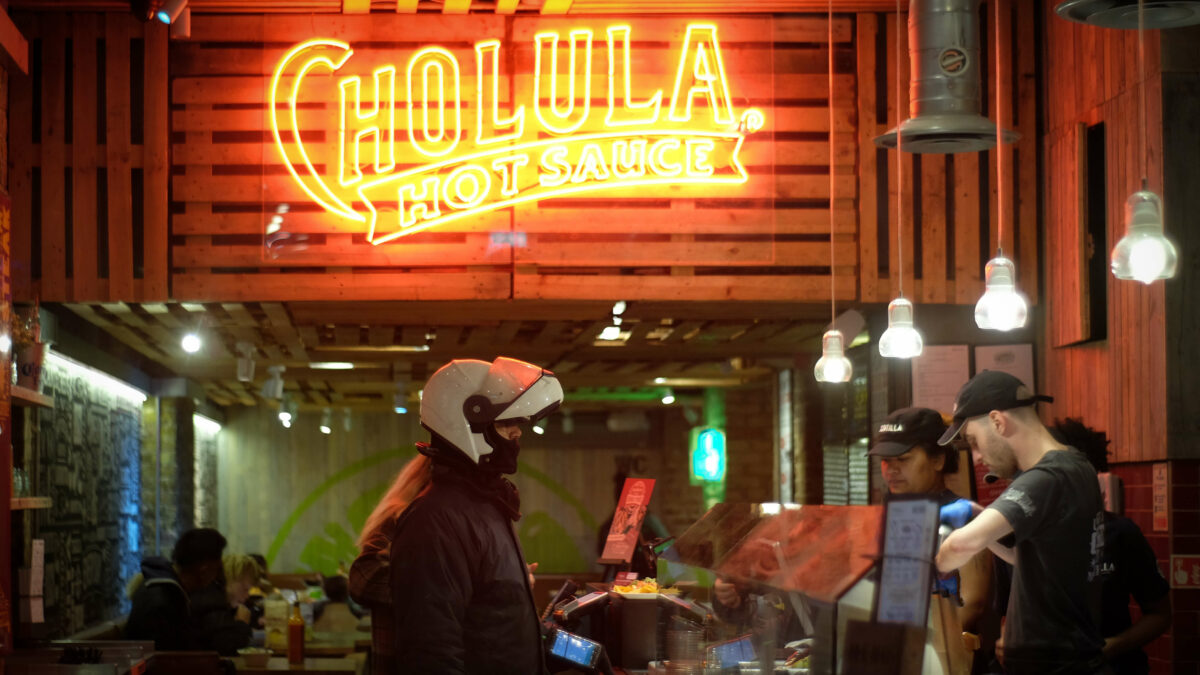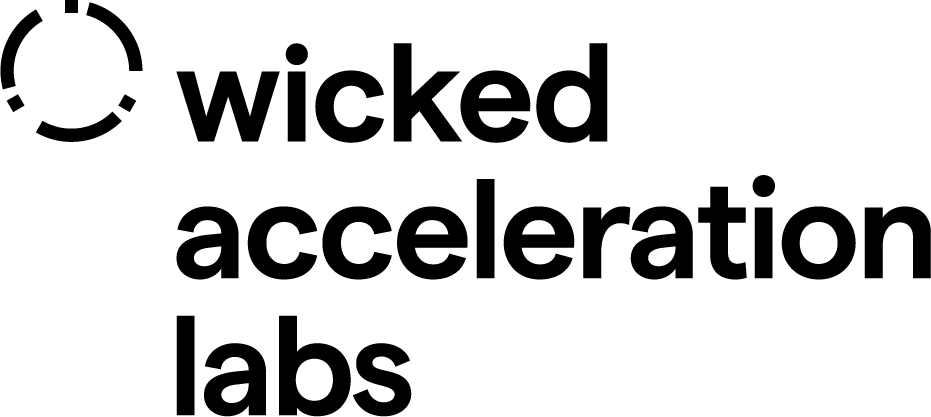Phase 2
Explore
Service Visions
Excursions into future scenarios
An overview of our design approach
The work of the first phase was to expand the organisation’s imagination of what the contexts of the future may look like by creating scenarios based on trends and users.
This second phase ‘Explore Service Visions’ is about expanding the organisation’s collective imagination around the services that could emerge in future contexts by creating concepts of future services.
The purpose is not to immediately start designing the more plausible or preferable services, but instead provoke deeper consideration of the implications.
In doing so, the organisation is challenged to answer questions about their role creating, shaping or managing change in the world. It can be seen as a thought experiment that challenges the organisation to deepen their understanding of their values and strategies while also deepening their imagination of potential modes of operation within any given future scenario.

The theory
For this design approach, the lab ideated concepts of future services based on the scenarios developed in the first phase. This meant empathising with the future users depicted in each scenario, imagining them and the context that has emerged around them, and then responding to the design challenges by ideating services that could be good or bad. These ideas were then made more concrete and tangible, which enabled the team to open the discussion with the organisation about the implications of the concepts and organise the subsequent stages of the process.
We refer to these future service visions and their ensuing discussion, as ‘explorations’.

The process
The second phase is divided into two units:
- the work the team did as ‘the lab,’;
- the work done by the students as ‘the studio’.
While the lab team was in the ideation phase, it was the perfect time to turn the research into briefs and start involving the students in the project.
The value of the studio work was significant – it meant having more than 80 students researching, ideating and testing concepts. They were also engaging with hundreds of people through interviews, workshops and collaborations. Moreover, since the lab team kept the briefs open for the students, they also helped expand the understanding of the societal dimensions of change.
Before creating the briefs for the students, the lab team did their own round of explorations first, so that they could build knowledge to transfer to the students.
Their explorations were concepts of future services, which enabled them to investigate the opportunities that could emerge around each dimension of change, get feedback from the client, and have criteria to prioritise the key themes. The lab team based these explorations on the extreme scenarios, which detail the needs of future personas set at the ‘Far Future’ time horizon.
The lab team then initiated a similar process for the students, except designing for the ‘Near Future’ time horizon. Between the lab and the studio, there was a mutual exchange of knowledge, the lab team would give them insights on the theme and how to create explorations, and the students would give back their points of view, which built alternative perspectives of the themes.
While the process for the lab team was a more experimental approach to test assumptions quickly, the students applied a more traditional service design process, following the guidelines given by the MA Service Design Programme, inspired by the Double Diamond model.
Phase 2: Explore service visions
This second phase comprises two units. By creating concepts of future services, the aim is to expand the organisation's collective imagination around the services that may emerge in future contexts
Case Studies
Each of the Future Scenarios and their Service Visions are organised by ‘societal dimensions of change’. These categories represent the lab’s interpretation of different aspects of happiness within people’s lives.






